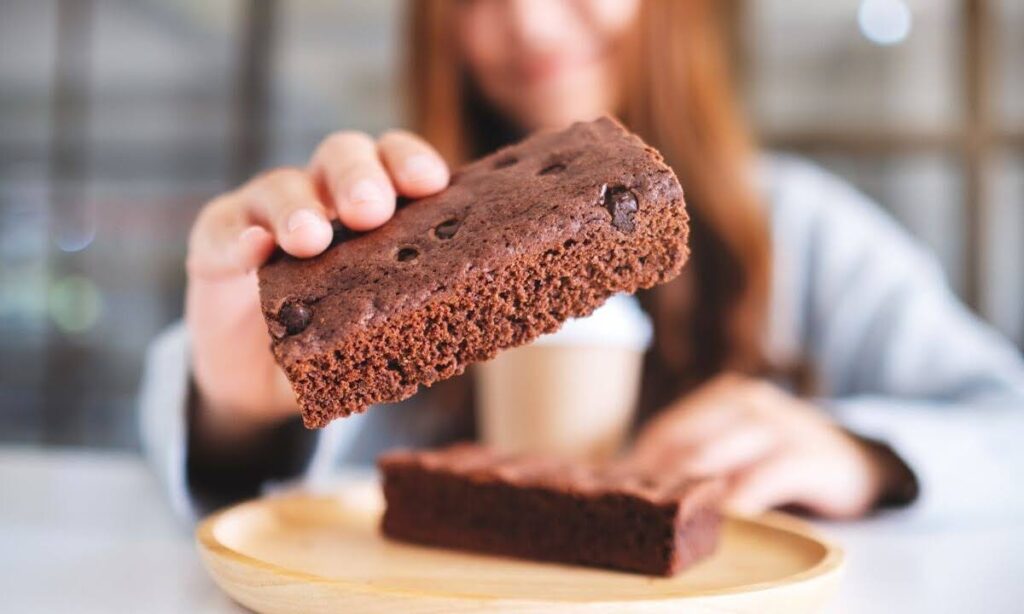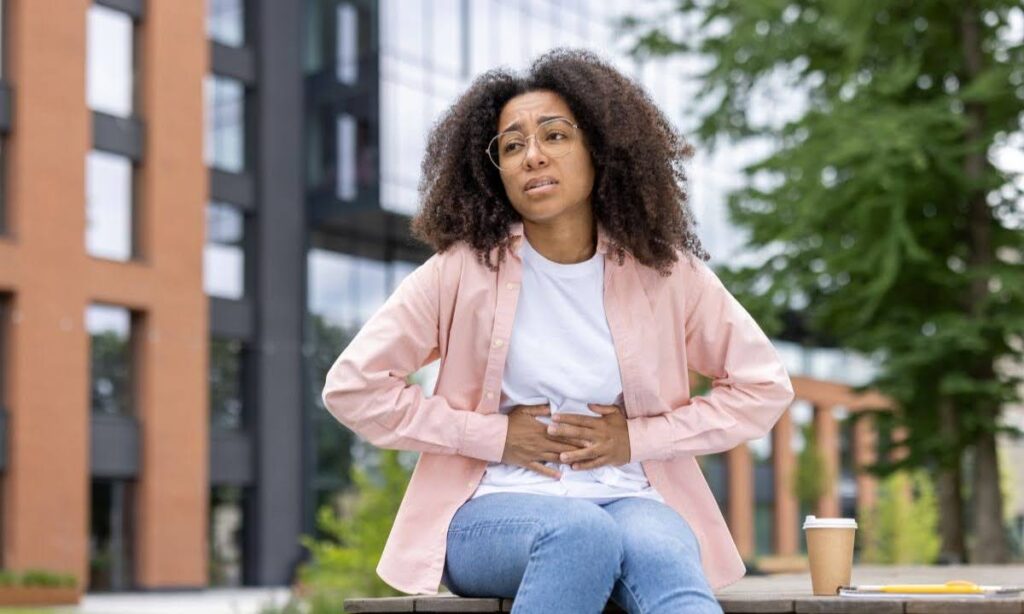With the increasing legalization of marijuana use, understanding different consumption methods is crucial. Let’s compare two popular methods: edibles and joints, specifically the differences between a 10mg edible and a joint. We’ll explore onset time, intensity, duration, side effects, and other key factors to help you make informed choices.
Is 10mg of Edible the Same as a Joint?
No, 10mg of THC in an edible is not the same as 10mg of THC in a joint. The effects and how your body processes the THC differ significantly depending on the consumption method. This common misunderstanding can lead to unexpected and potentially uncomfortable experiences. The route of administration drastically affects how your body absorbs and metabolizes cannabis.
How Does Cannabis Work?
Cannabis contains various active compounds, including delta-9-tetrahydrocannabinol (THC), the primary psychoactive component, and cannabidiol (CBD), along with other terpenes and flavonoids. These compounds interact with the body’s endocannabinoid system, a network of receptors (CB1 and CB2) that regulate various physiological and cognitive functions. THC primarily binds to CB1 receptors in the brain, leading to the characteristic effects of cannabis.
Edibles vs. Smoking: Key Differences
Edibles and smoking differ significantly in onset time, duration, and intensity of effects. Edibles generally take longer to kick in, last longer and can produce more intense, body-focused effects compared to smoking.
Consumption Methods
Edibles: Edibles encompass a range of products, including brownies, gummies, chocolates, beverages, and lozenges. Some edibles are ingested and metabolized, while others, like lozenges, are absorbed sublingually or buccally (through the cheeks or under the tongue).
Smoking: Smoking involves inhaling cannabis smoke, typically in the form of a joint, but also through bongs, vapes, or other devices.
Route of Administration and Metabolism
Smoking: When cannabis is smoked, THC enters the bloodstream directly through the lungs, bypassing liver metabolism. The THC remains as delta-9-THC.
Edibles (Ingested): Ingested edibles undergo digestion and are metabolized by the liver. This converts delta-9-THC into 11-hydroxy-THC, a more potent form.
Edibles (Sublingual/Buccal): These edibles are absorbed directly into the bloodstream through the tissues in the mouth. Like with smoking, this bypasses the liver and results in similar effects.
Onset of Effects
Smoking: Effects are typically felt almost immediately, within 2-10 minutes.
Edibles (Ingested): Effects can take 30 minutes to 2 hours (or even longer) to feel, as the THC needs to be digested, absorbed, and metabolized.
Edibles (Sublingual/Buccal): Effects are felt quicker, similar to smoking, but may not be as intense as inhaled cannabis.
Intensity and Duration of Effects
Edibles (Ingested): The effects are generally more intense and longer-lasting, peaking around 4 hours and lasting up to 12 hours or more. This is due to the conversion of THC to 11-hydroxy-THC.
Smoking: The effects are typically less intense and shorter-lived, lasting 1-3 hours. Factors like inhalation techniques can influence the intensity and duration.
Side Effects
Smoking: Smoking cannabis introduces harmful byproducts from combustion. This can irritate and damage the lungs and blood vessels.
Edibles: Edibles avoid lung irritation but can still cause other side effects associated with THC. These include nausea, impaired coordination, slow reactions, mood swings, and, at high doses, hallucinations or delusions.
Legality
Cannabis legality varies by state and region. It’s essential to check local laws regarding both recreational and medical cannabis use. Also, be sure to check specific regulations on the types of cannabis products permitted.
Advantages and Disadvantages
Let’s look into some advantages and disadvantages to see how edibles and joints differ further:
Edibles
Pros:
- Precise dosage control (especially with homemade edibles)
- No lung irritation
- Masked flavor and scent
Cons:
- Higher cost
- Risk of food allergies
- Potential for stomach upset
- Risk of accidental ingestion (especially by children)
- Potential for overconsumption due to delayed effects
Smoking
Pros:
- Faster onset of effects
- easier to titrate doses
Cons:
- Lung irritation and damage
- Potential for secondhand smoke exposure
Is 10mg a Safe Dose?
A safe dose depends on individual tolerance and experience. Because edibles are more potent, a lower dose is often recommended, especially for new users. Starting with 2.5mg or less for edibles is a common option for first-time users.
If transitioning from smoking to edibles, you might consider starting with half your usual smoked dose. It’s best to discuss with a healthcare professional, especially if using cannabis for medical purposes.
Edibles and Joints: How to Stay Safe
Understanding the differences between edibles and smoking helps with safe, responsible cannabis use. Edibles containing 10mg of THC will produce a more intense and prolonged effect than smoking 10mg of THC. If having edibles or smoking weed, start low and go slow. Be aware of and adhere to local regulations regarding cannabis use.
If you’re struggling with marijuana use, consult a healthcare professional with any questions or concerns. There are safe ways to wean off a drug and choose sobriety if this is needed and aligns with your goals.






